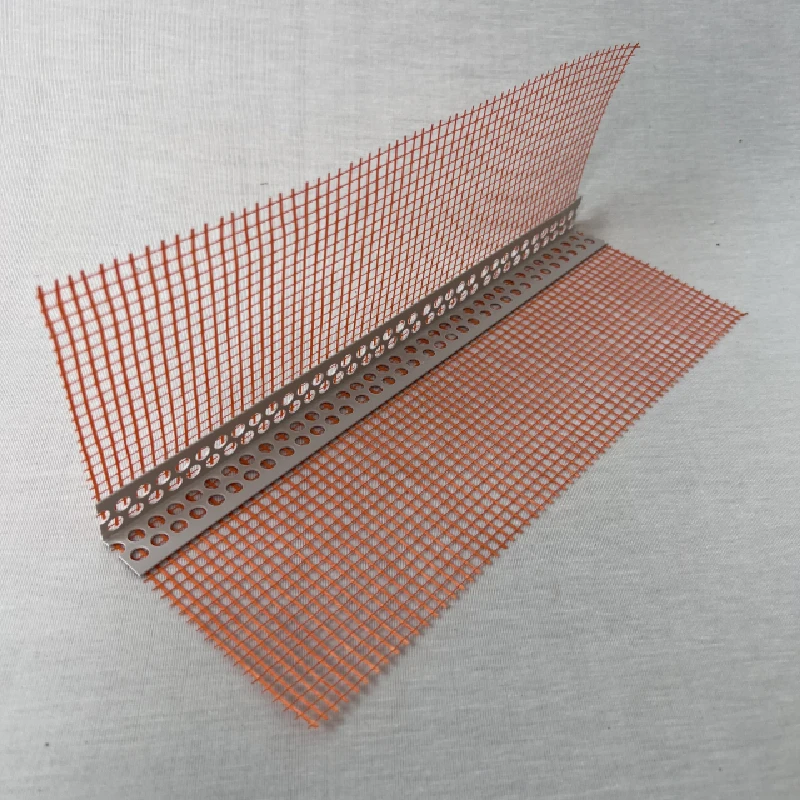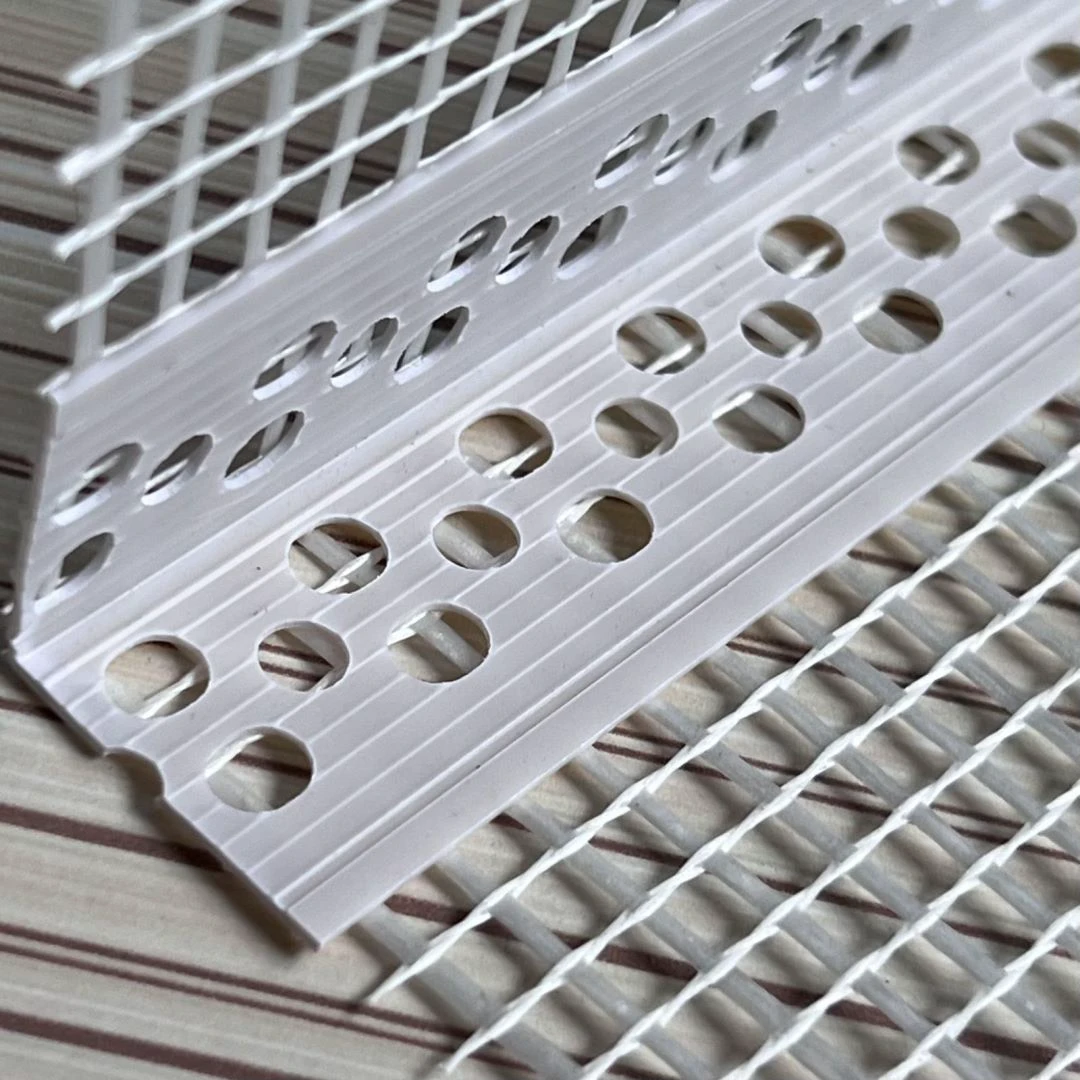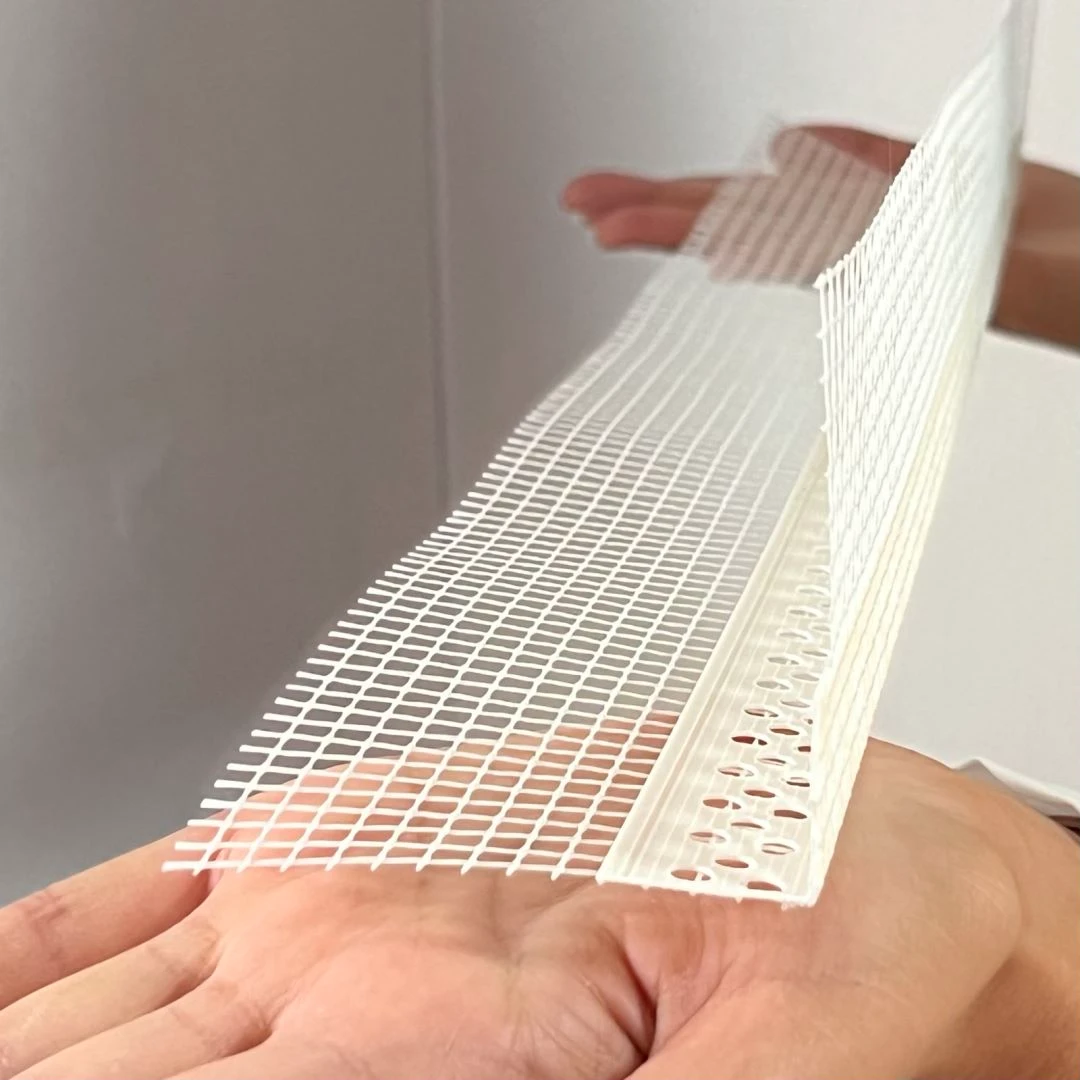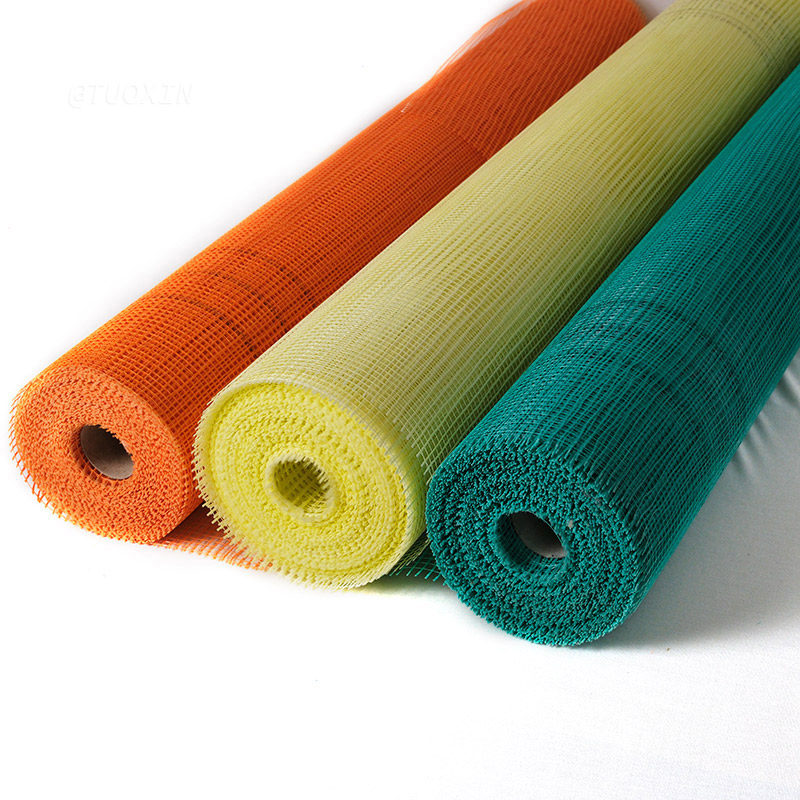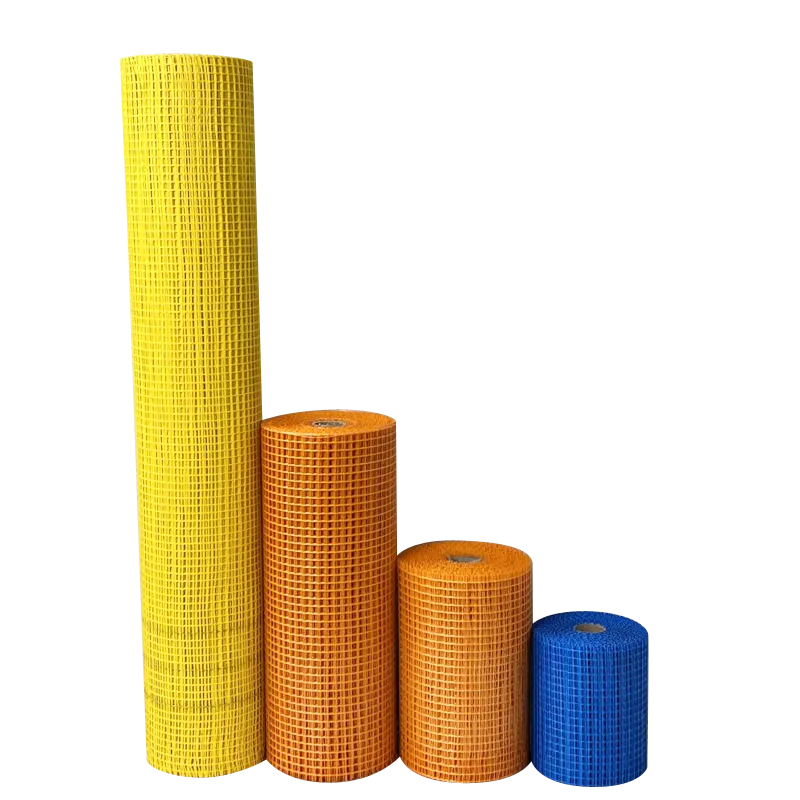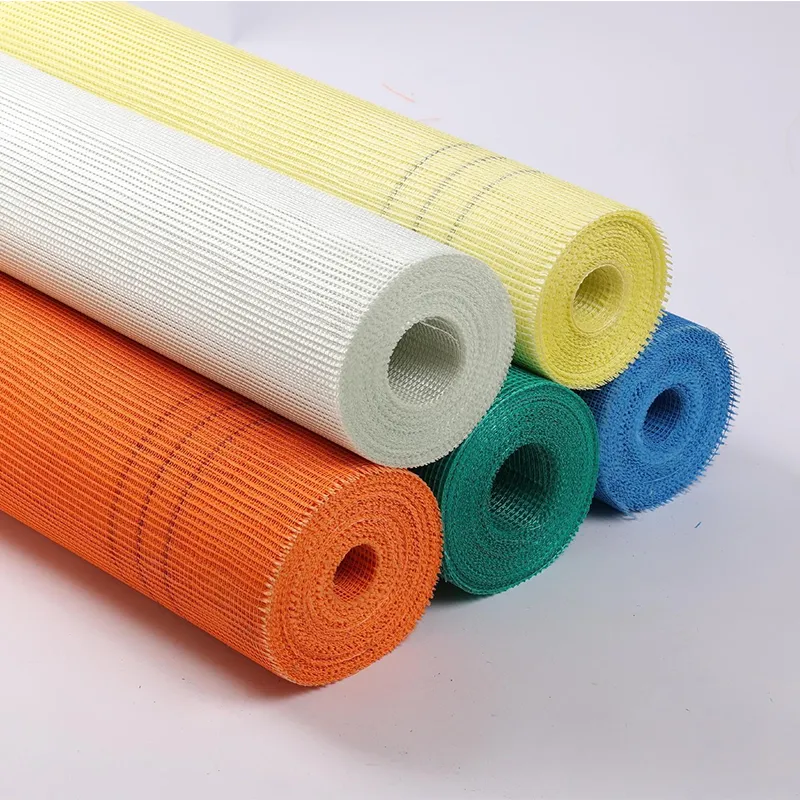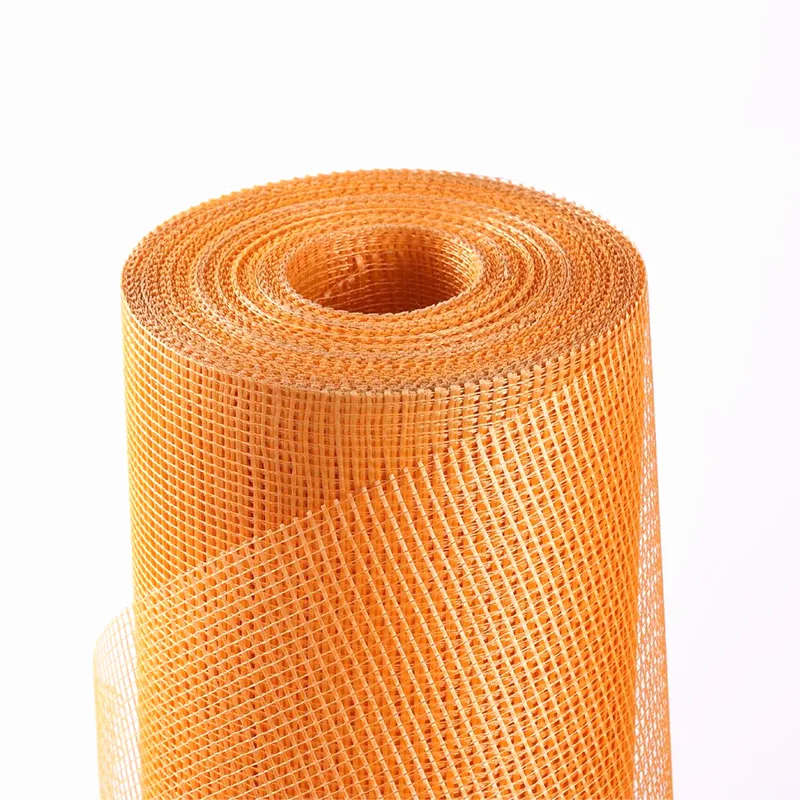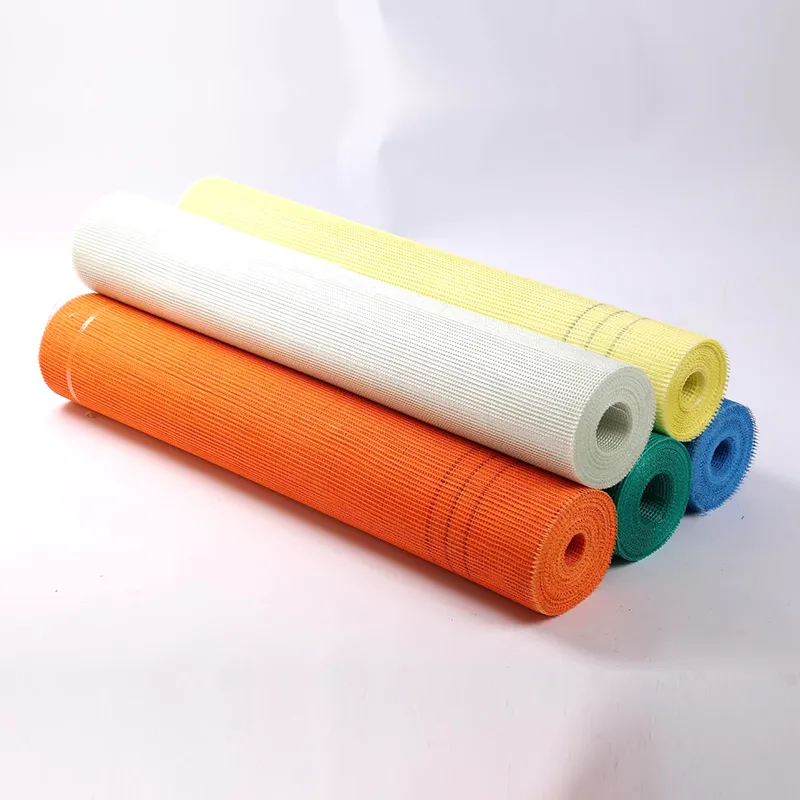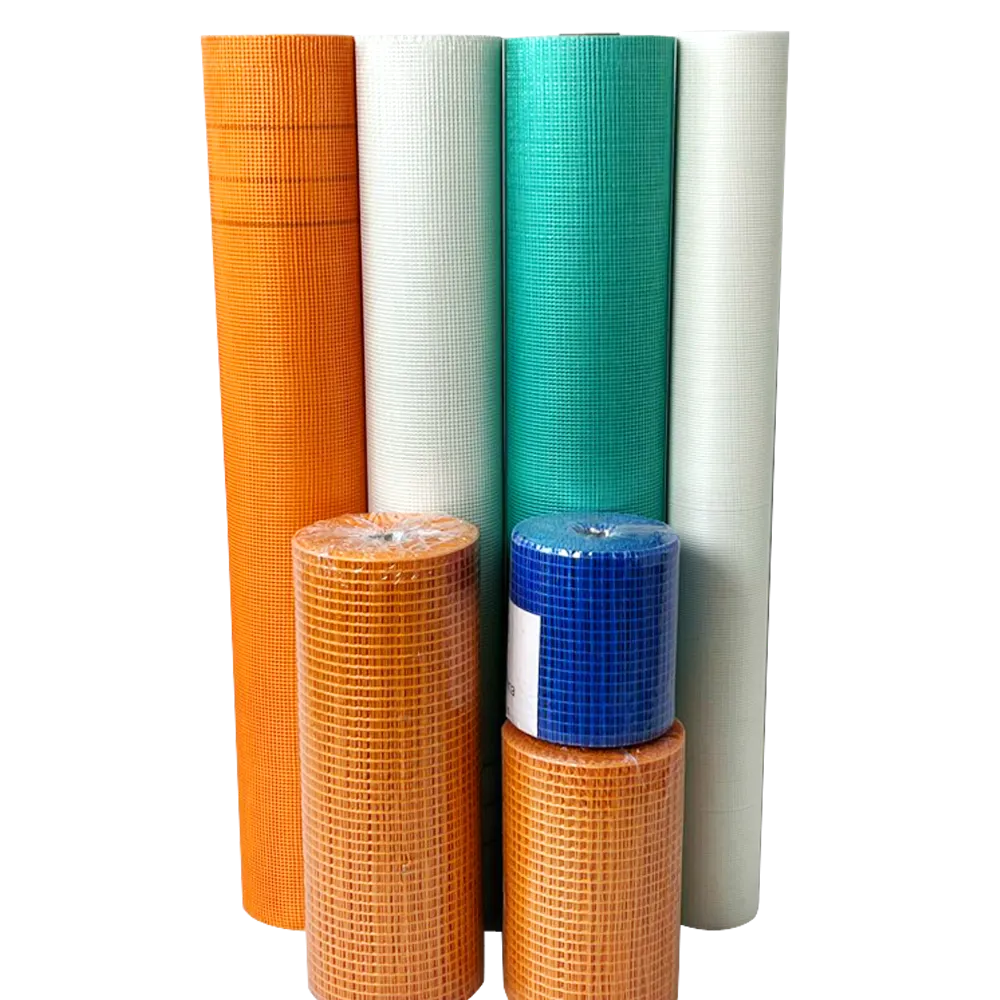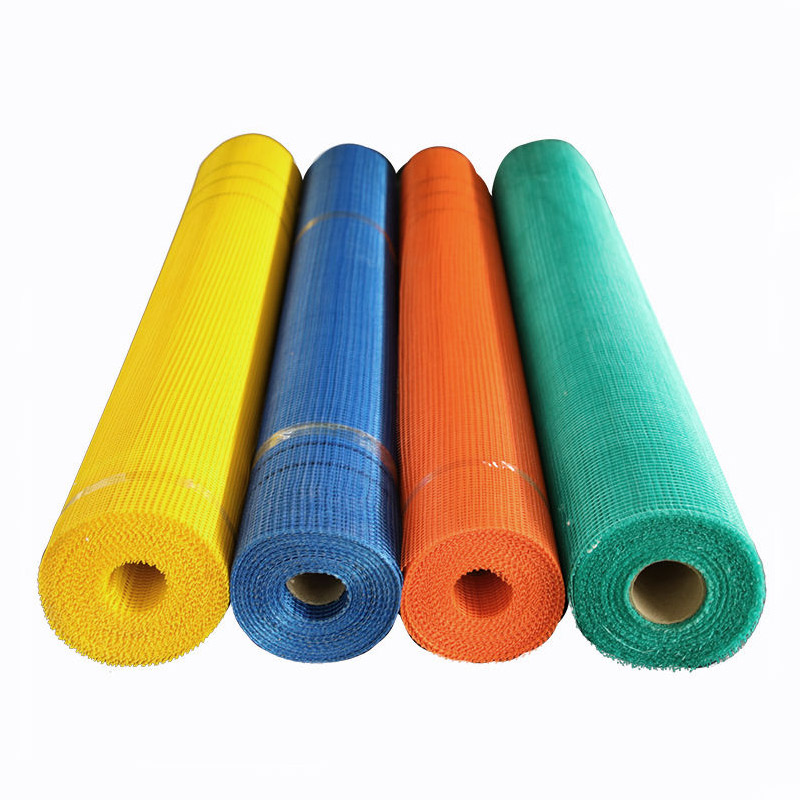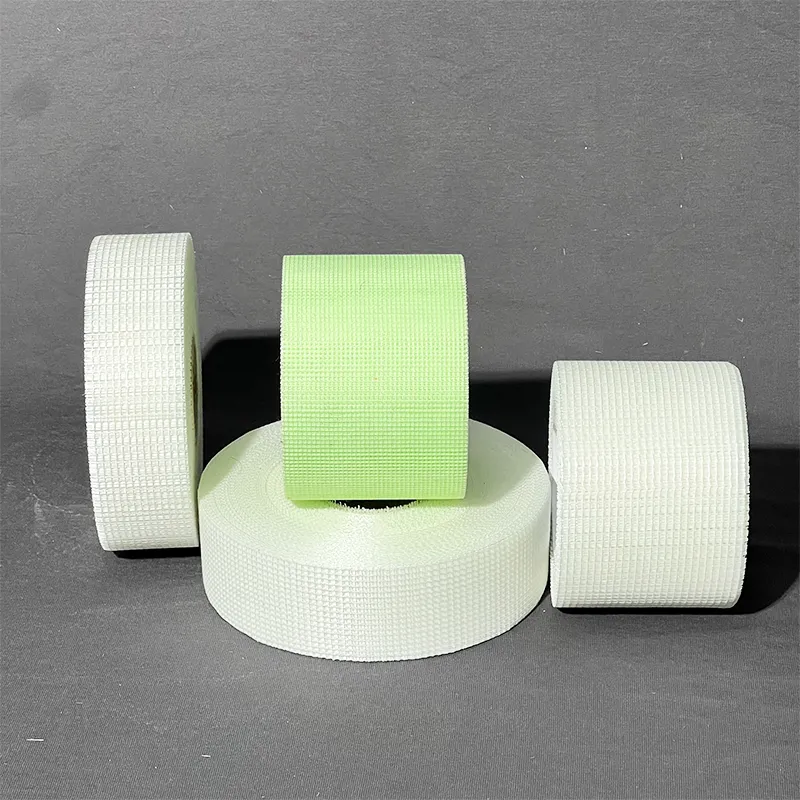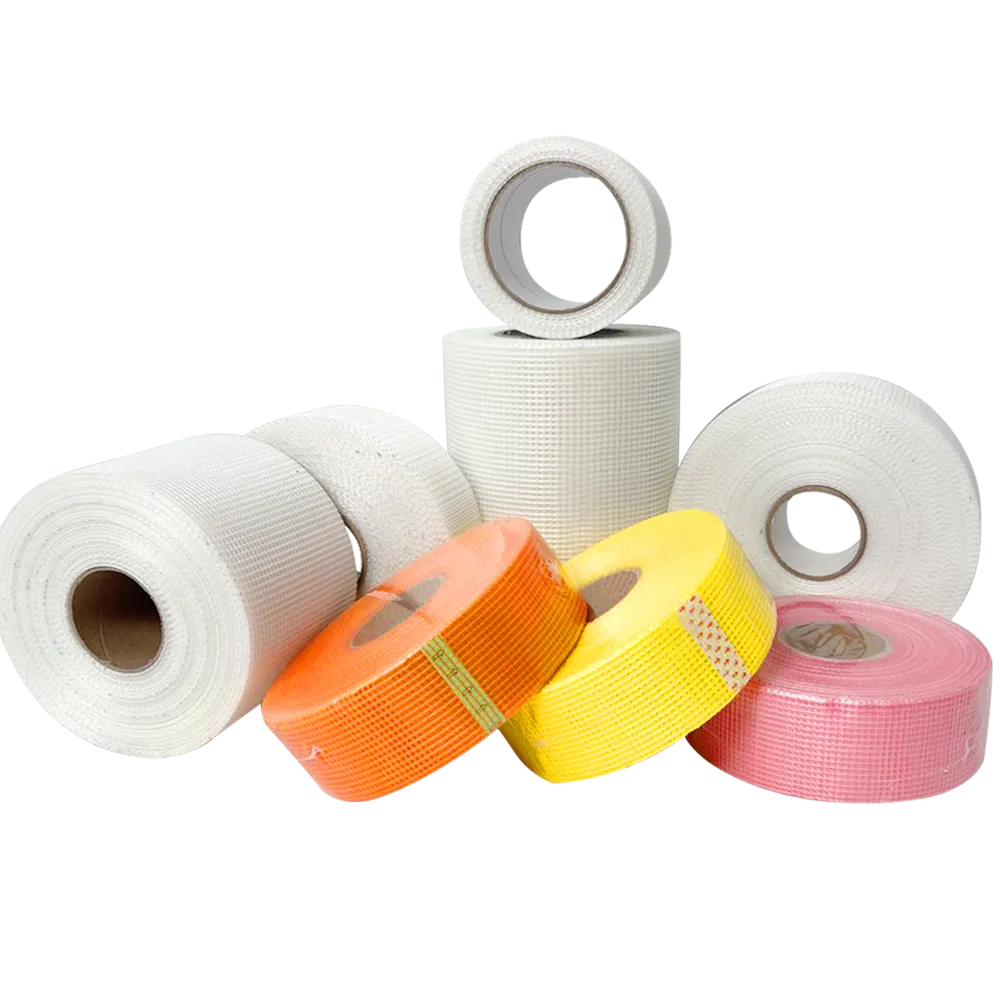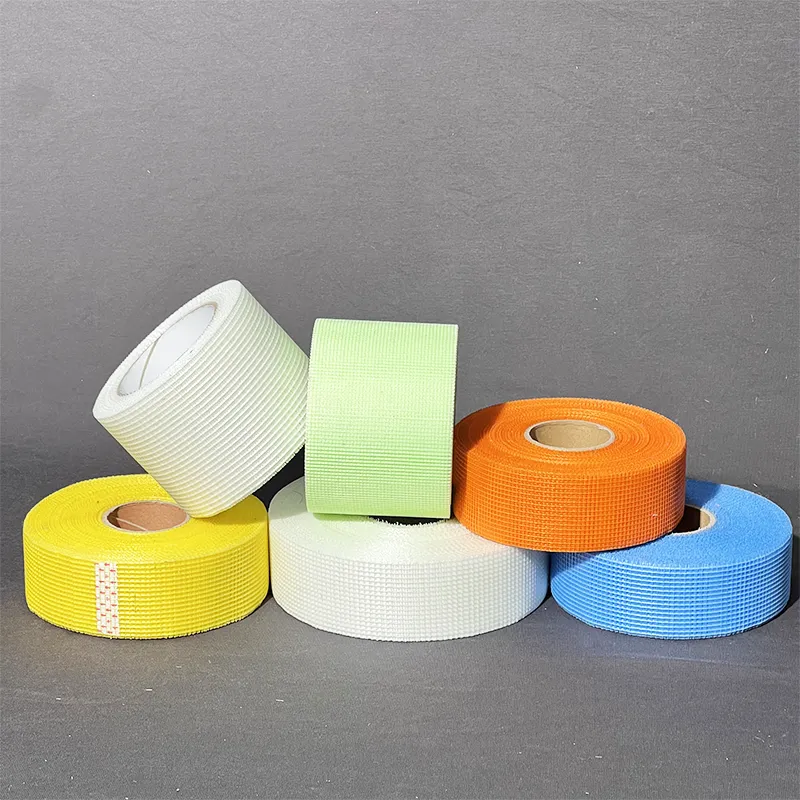10 月 . 25, 2024 16:38 Back to list
Save on Maintenance Costs with Fiberglass Mesh Reinforced Structures
Maintenance costs are a major concern for building owners and managers, whether for residential, commercial, or industrial properties. Over time, even well-constructed buildings can experience wear and tear that requires regular upkeep, from repairing cracks in walls to addressing structural issues in flooring and other surfaces. However, one effective way to minimize these ongoing expenses is by using fiberglass mesh as a reinforcement material during construction. Fiberglass mesh helps strengthen structures, prevent damage, and extend the lifespan of various building components, resulting in significant savings on maintenance costs.
The Durability and Strength of Fiberglass mesh for Residential, Commercial, and Industrial properties
One of the main reasons fiberglass mesh is effective in reducing maintenance costs is its exceptional durability and strength. Fiberglass mesh is a woven fabric made from thin strands of fiberglass, which are known for their high tensile strength, flexibility, and resistance to damage from environmental factors. When used in construction, fiberglass mesh provides reinforcement to materials such as drywall, plaster, concrete, and tiles, helping them withstand the stresses of everyday use and environmental changes.
The inherent strength of fiber glass mesh means that structures reinforced with it are less likely to develop common issues such as cracks, delamination, or water damage. This increased durability directly translates to fewer repairs over the life of the building, reducing the need for costly maintenance work.
How Fiberglass Mesh Prevents Cracks and Structural Damage
One of the primary causes of structural damage in buildings is the uneven distribution of stress. Areas that bear a concentrated load or are subject to frequent movement, such as floors in high-traffic areas, are more likely to crack or deteriorate over time. Fiberglass mesh cloth helps to distribute stress evenly across the surface it reinforces, preventing localized damage. This is particularly important in flooring systems where cracks and other damage can quickly become safety hazards, requiring expensive repairs. With fiberglass mesh fabric reinforcement, the need for such repairs is greatly reduced.
Fiberglass Mesh Reduces Long-Term Maintenance Needs
Buildings are constantly exposed to environmental factors such as temperature changes, humidity, and shifting foundations, all of which can cause materials to expand, contract, or shift over time. These movements often lead to cracks and other structural issues. Fiberglass mesh has excellent resistance to temperature changes and environmental stressors, making it an ideal reinforcement material for buildings in regions with fluctuating weather conditions. By reinforcing key areas of a structure with fiberglass mesh, the building is better equipped to withstand these environmental challenges, reducing the likelihood of damage and the associated maintenance costs.
Long-Term Financial Benefits of Fiberglass Mesh
Using fiberglass mesh in construction not only improves the durability and performance of building materials but also leads to significant long-term financial benefits. By reducing the frequency of repairs, minimizing the risk of water and structural damage, and extending the lifespan of materials, fiberglass mesh helps building owners save on labor, materials, and overall maintenance expenses. These savings can be especially impactful in commercial and industrial settings where maintenance costs can add up quickly due to the size and complexity of the structures.
Fiberglass mesh is a cost-effective solution for reducing maintenance costs in buildings. Its ability to reinforce materials, prevent structural damage, and withstand environmental stressors makes it an invaluable tool in construction. By using fiberglass mesh to strengthen walls, floors, and other surfaces, building owners can significantly extend the lifespan of their structures, minimize repair costs, and ensure a more sustainable and economical approach to long-term maintenance. Whether for residential, commercial, or industrial buildings, investing in fiberglass mesh during construction pays off through substantial savings on future maintenance expenses.
-
Why Fiberglass Mesh Tape Is the Contractor’s New Best FriendNewsOct.30,2024
-
The Role of Fiberglass Mesh Tape in Tile and Plaster ApplicationsNewsOct.30,2024
-
Humidity-Resistant & Mold-Preventive: Why Fiberglass Mesh Tape is Ideal for High-Moisture AreasNewsOct.30,2024
-
From Patching to Reinforcement: How Fiberglass Mesh Tape Is Changing the Face of ConstructionNewsOct.30,2024
-
Why Fiberglass Mesh Tape is the Sustainable Choice for Safer HomesNewsOct.30,2024
